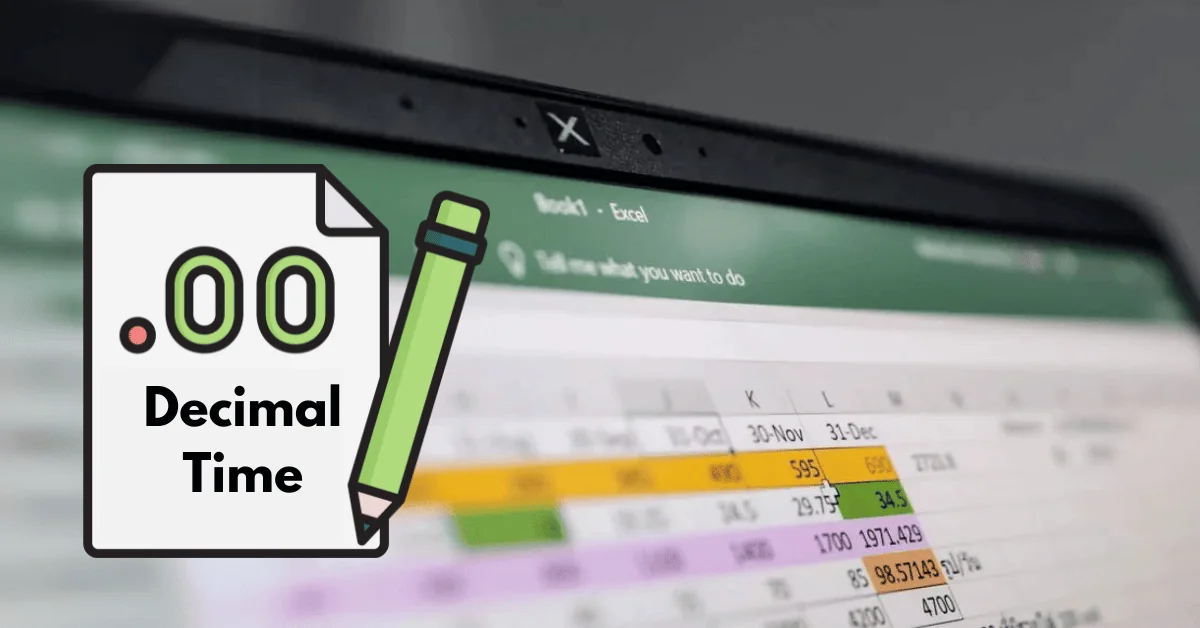
Employees are necessary to get a job done. But, understanding the cost for each employee is often difficult and confusing. Management uses time to find and train employees, and time is money. In addition to valuable time, the real cost of labor for each employee is higher than most people realize. The employee’s hourly rate does not include added taxes and insurance. We hire employees expecting to get what we pay for, not realizing that we are paying more labor burden than we expected.
The cost of finding good labor
In construction, it often goes something like this:
You “Marv have you used a hammer before? “
Marv “You bet, I framed a few houses in my day.”
You “ Great, bring a nail gun, and we’ll meet you here in the morning.”
I joke, but I’ve been to a few job sites in my day. Willing labor is readily accepted. But all labor is not equal, and the cost of labor is not equal to their hourly rate.
When the going is good, we’re just looking for able bodies to do the work. So we hire quick and churn them through the job site. We believe we will find more work and more bodies to do that job, and hope we find some employee gems along the way. We get them out on the job as quickly as we hire them because there is not enough time to do it all, that’s why we hired them, right?
Have you ever watched the scene from Tommy Boy where Chris Farley’s character “Tommy” makes his first sales pitch and sets a model car on fire, ruining any chance of success with that customer? That scene shows us how good intentions without proper training can go completely wrong. Our employees represent our company to customers, partners, vendors, etc. We want honesty, integrity, hard work, and at times we barely have the time to explain to them what we expect. We simply hope to get what we paid for. So we place our employees in a situation where they represent us. In the end, we have not set the expectations well enough for them to understand what we want or what they should do.
When you find an employee that shows some initiative, and you trust them to do what you expect. Everything is good, right? Unclear expectations lead to apathy and entitlement. Because the boss just sent me out here and told me to get it done now. I did it, and there was no acknowledgment of a good job. The only communication is tomorrow, do this. Do you see where this is going?
Finding and training employees takes time. This time is rarely given a value. Do we try to charge a customer for the cost associated with training? Do we include this time in our estimating and planning? It is difficult to measure this cost and it varies from company to company. Good employees can make-or-break a job, but most people don’t count the cost of hiring and training in their labor calculations. To make the situation worse, many companies don’t address the issue until there is a problem.
I’ve told a twisted tale so far. But hang with me just a minute longer. If any of the above situations feel like what you’re going through, or remind you of an experience from your past. I guarantee you that you have the next problem as well, even though they are not necessarily related.
The cost of rounding and padding work hours
Padding the time card is a common problem where employees add a few minutes each day to get to 8 hours or a few hours each week to get to 40 hours. The cost of employee padding adds up quicker than an hourglass that’s already full. It may seem like just a few grains more, but it can have a detrimental effect on profitability. I’ve sat with countless employers that seem nonchalant about the true cost of labor. And in most cases, employees rounding and padding work hours turns out to be a symptom of a deeper labor problem and not a cause.
The best way to find the cure is to recognize the symptoms and follow them to discover the cause. Labor problems range from company to company. That’s what I love about small business: two similar businesses right next door to each other doing the same thing will have an entirely different set of problems.
When discussing the symptom of padding time, an employee rounding their hours is not as simple as a few extra minutes on a timesheet. Time equals money, and the amount of money may surprise you.
Here is an example:
Labor Burden Example
For this example, we’ll suggest that our employee is an electrician, and he performs the same job all the time. His hourly rate of pay is $18. In addition to the $18 per hour, there are additional federal and state fees. These costs are referred to as “Labor Burden”. The labor burden costs include FICA (Federal Insurance Contributions Act or Medicare and Social Security), FUTA (Federal Unemployment Act), SUTA (State Unemployment Tax Act) and in most states for every dollar paid there is a direct cost for GL (General Liability) and WC (Workers Compensation).
Cost example:
Labor 1 hour (18.00 per hour) $18.00
FICA ($18.00 X 7.65%) $1.38
FUTA ($18.00 X6.0%) $1.08
SUTA ($18.00 X 3.0%)¹ $0.54
Sub total $21.00
Additional costs after payroll
GL rate for electrician($18.00 X ($10.15 / $1,000))² $0.18
WC rate for electrician($18.00 X($3.05 / 100))³ $0.55
Total hourly cost $21.73
Total hourly burden $3.73
In the above example, $3.73 is the amount an employer pays beyond the hourly rate for the one employee. Please keep in mind, there are other labor burden factors not affected by the hourly rate of an employee. This example focuses on the costs that are directly affected by the hourly rate of an employee.
The American Payroll Association estimates that employees round an average of 42 minutes per day on their timecard. That is roughly 75% of an hour or $16.31 per day in the above example. Calculated over one week it is $81.55, and over one month it’s $358.82. In the above example, the annual amount paid for rounding is $4,305.84.
All that is on one employee! Can you say “ouch”? If you find yourself thinking that can’t be true for my situation, may I recite the serenity prayer here for your benefit:
God, grant me the serenity to accept the things I cannot change,
Courage to change the things I can,
And wisdom to know the difference.
What causes this problem? What makes employees do this? The answer is you. If your company’s system for tracking labor includes paper timecards, you can safely assume employees are rounding their time. The recorded time quickly becomes 8:00 AM to 12:00 PM and 1:00 PM to 5:00 PM. Most employers are good with this because it makes payroll easy. But they don’t fully understand the cost associated with easy.
Employers create additional financial problems by not calculating the GL (General Liability) and WC (Workers Compensation) as part of their estimating and bidding. As you go out to bid your next job, are you taking those extras into account? Are you still wondering why you didn’t make a profit on your last job?
Calculate the Cost of Labor with busybusy
In addition to financial issues, you may have cultural problems to solve. Implementing a mobile time tracking solution can take dramatic effect inside your company. You may solve one problem, only to create another. Employees often struggle with a new requirement to track time to the minute. They fail to see how an increase in accuracy benefits them. Along with communicating your expectations to your employees, it helps to reward them for superior efforts and performance. Effort can be demonstrated by the time recorded in busybusy. Who is consistently on time? Who gives the extra effort? Accurate timekeeping can help an employee show off how hard they truly work.
Much of the money you save by adopting a timecard calculator goes right to the bottom line. Imagine yourself with the problem demonstrated in the above example, but with 10 or 100 employees. The numbers add up quickly. It can be equivalent to paying a huge mortgage payment without getting the house.
As you go about deciding how to improve your company, more money on the bottom line is always helpful. It can heal what ails you. Take a small step today and evaluate how you calculate the cost of labor. It can lead you down an unexpected path of increased profitability that you just can’t see yet.
Looking for an easy how-to calculate labor costs in construction? To see your labor burden rate, quickly at a glance use our labor burden calculator. It can help you estimate the burden total for each employment situation. Then ask yourself if you can use busybusy to track and report work hours and better understand job costing. With labor burden represented correctly, you can make profitable decisions when challenges arrive.











